site search
online catalog
IDENTIFIED SURGEON’S AMPUTATION SET 29th ILLINOIS
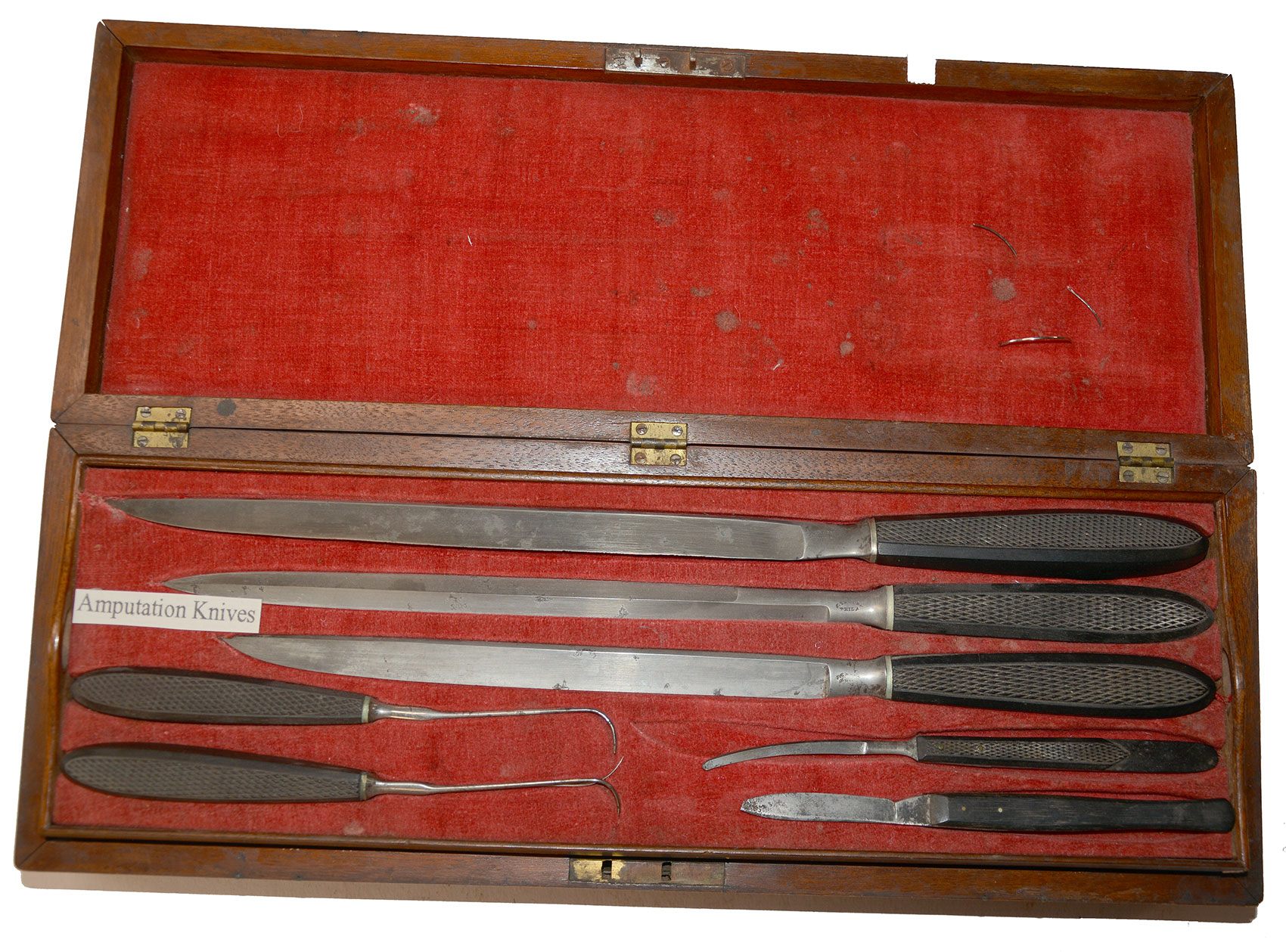
Hover to zoom

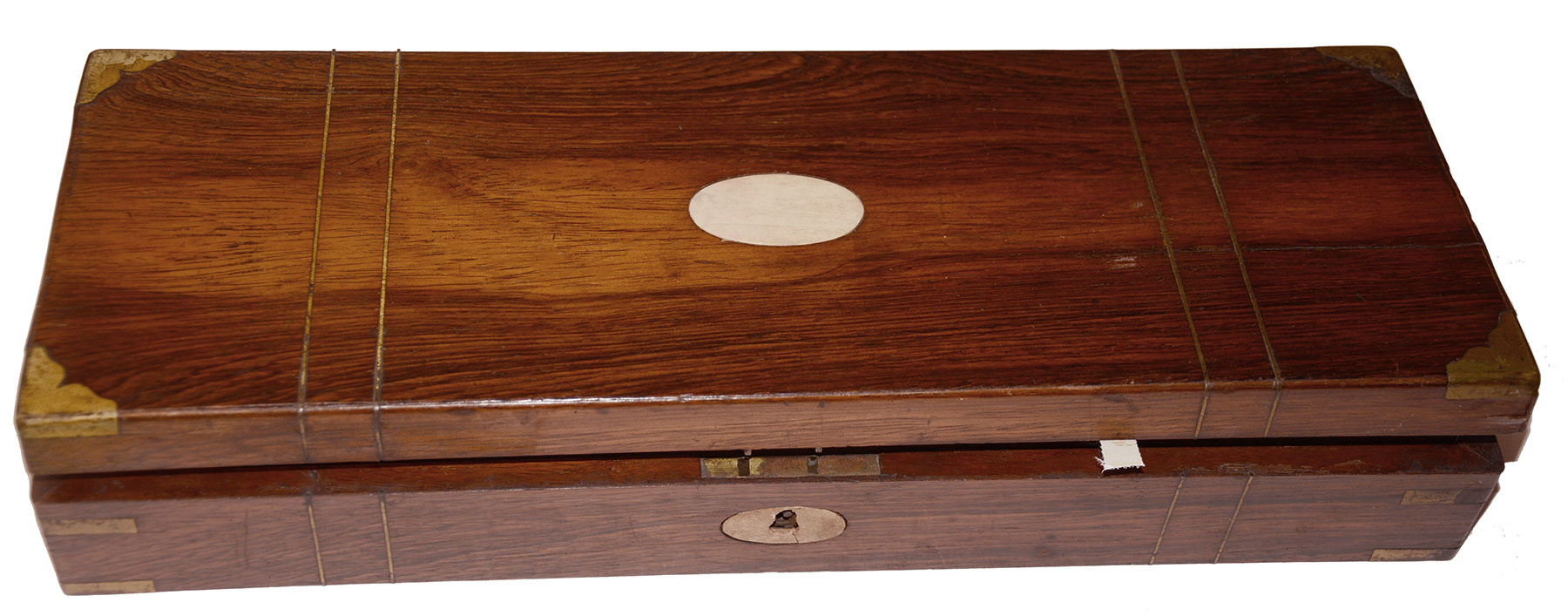
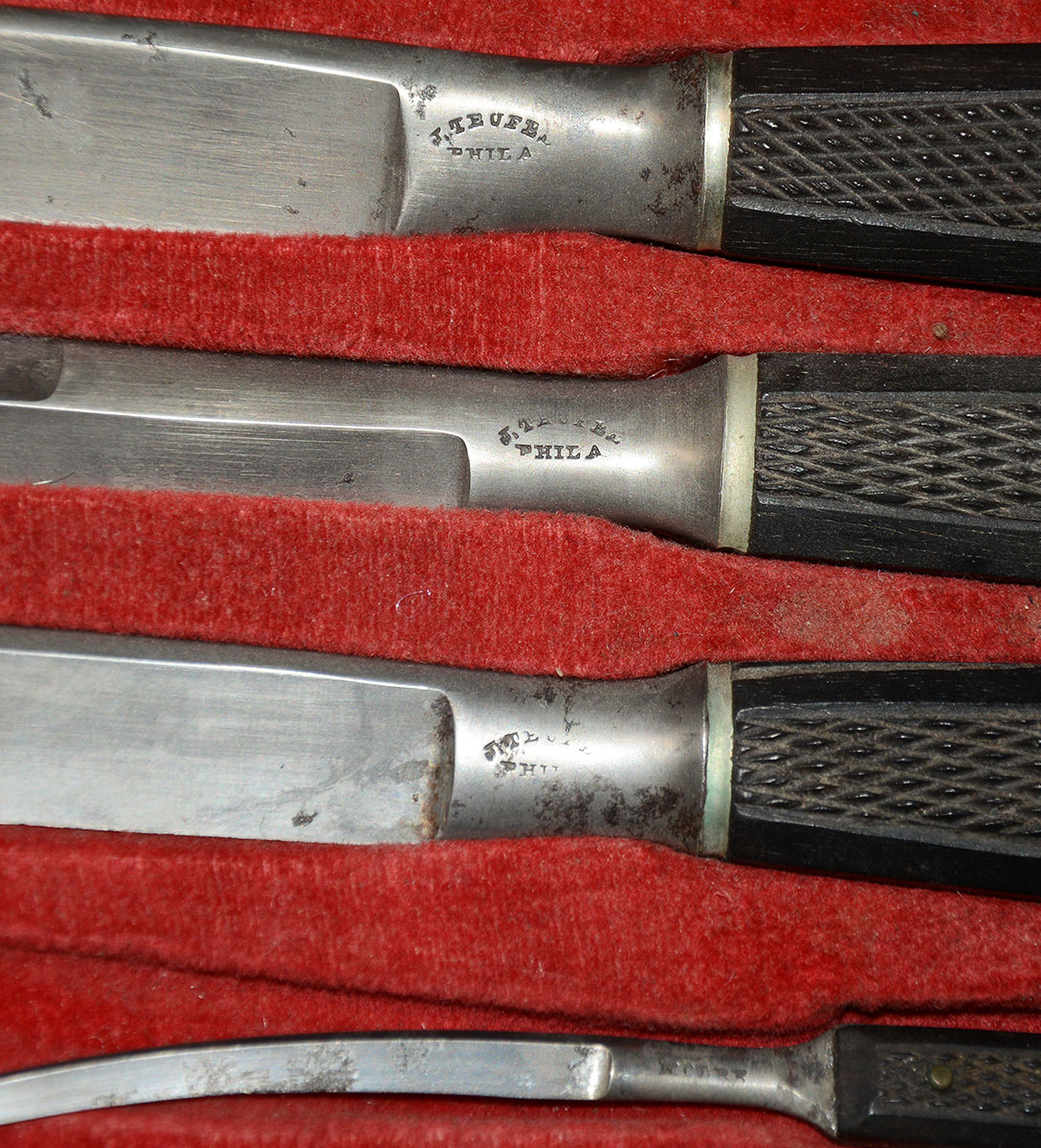
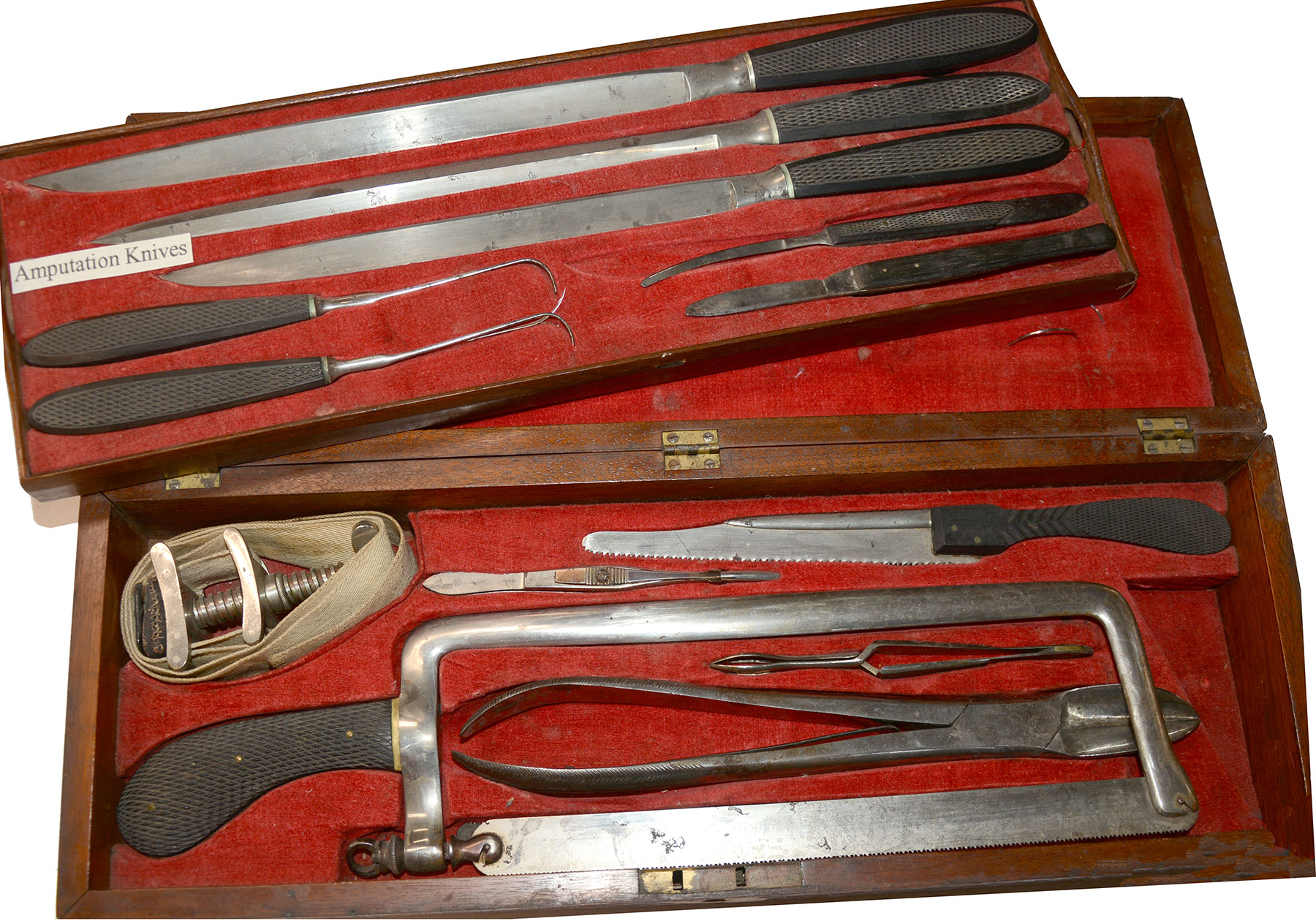
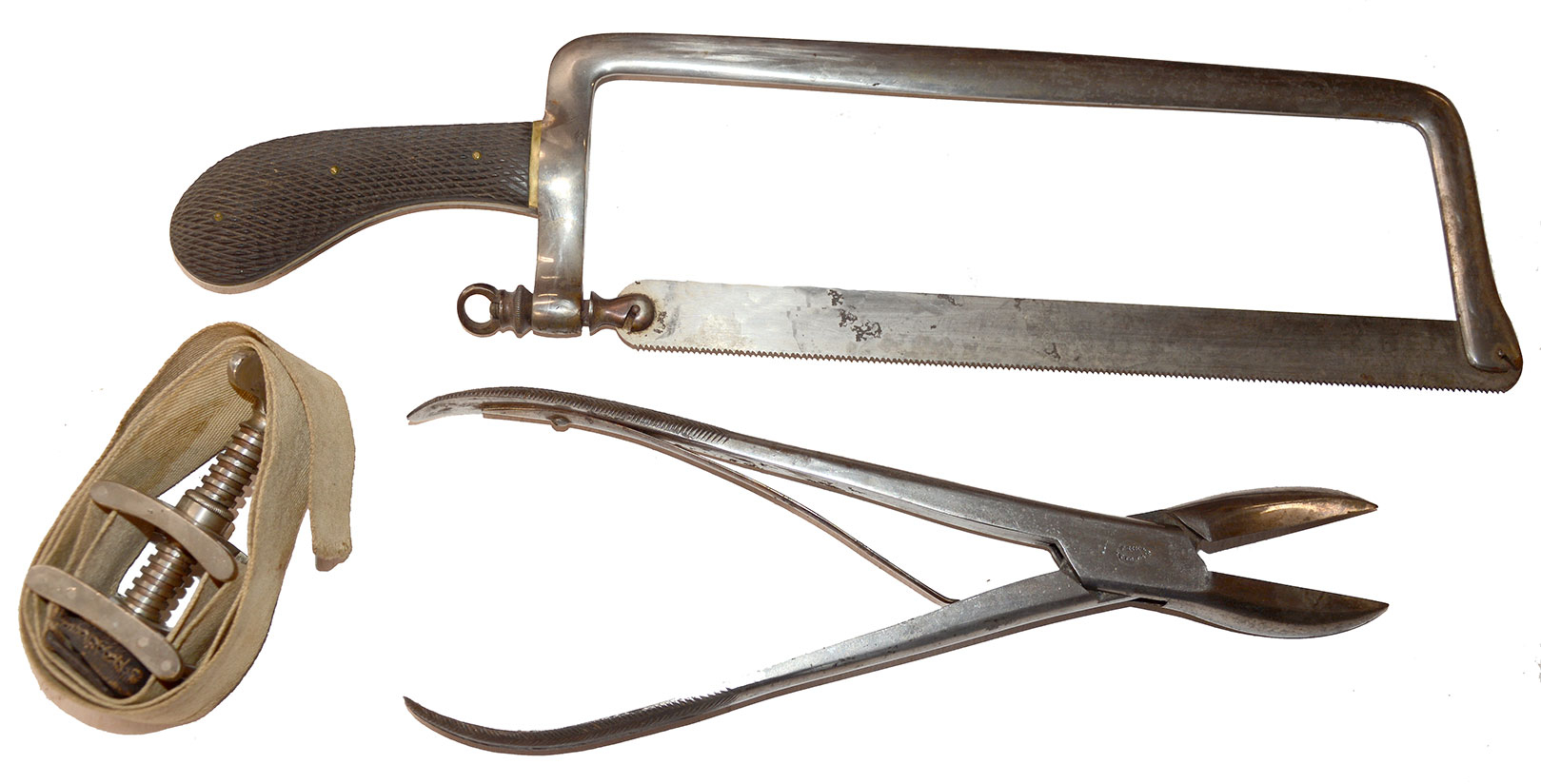
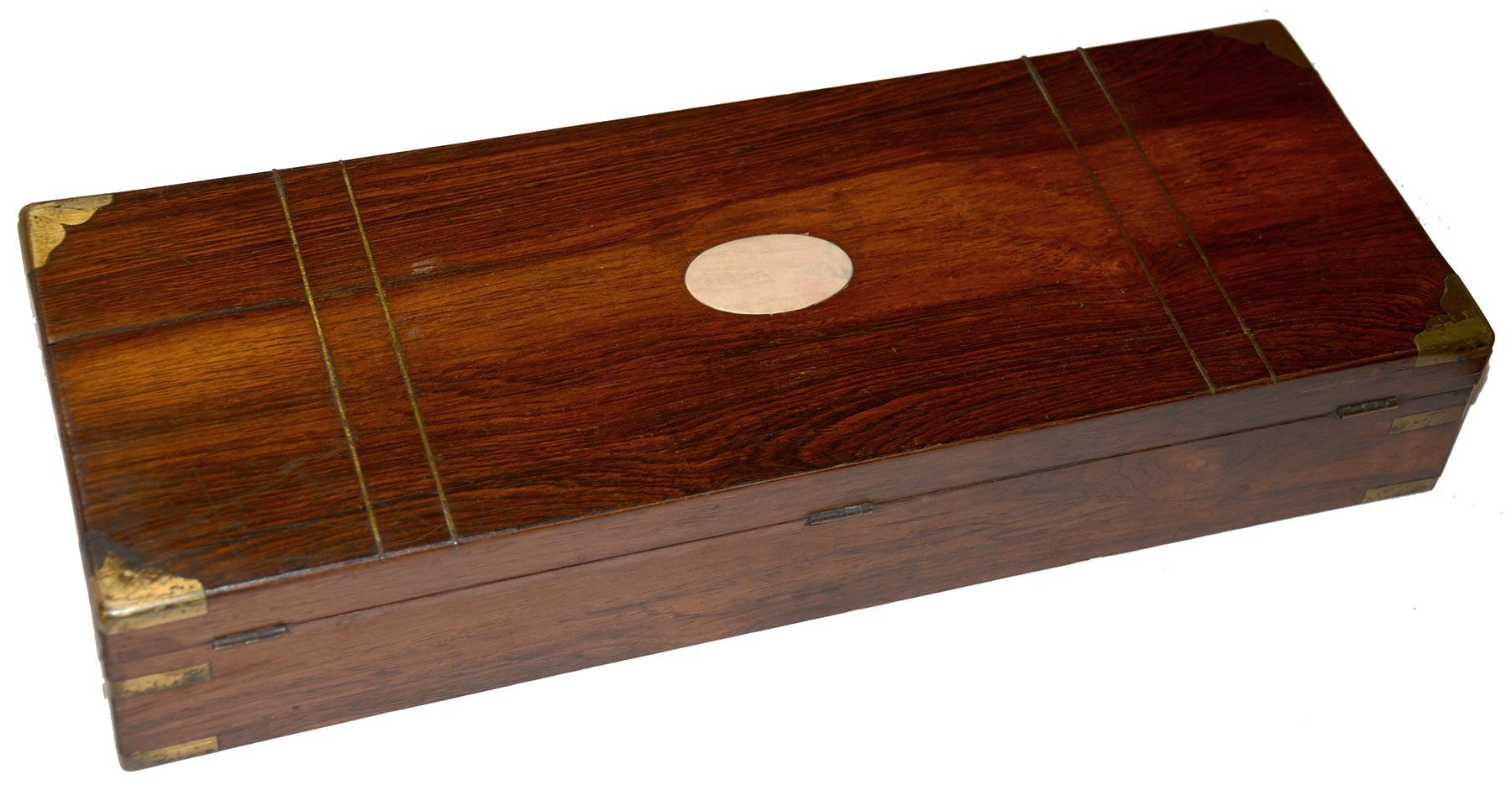
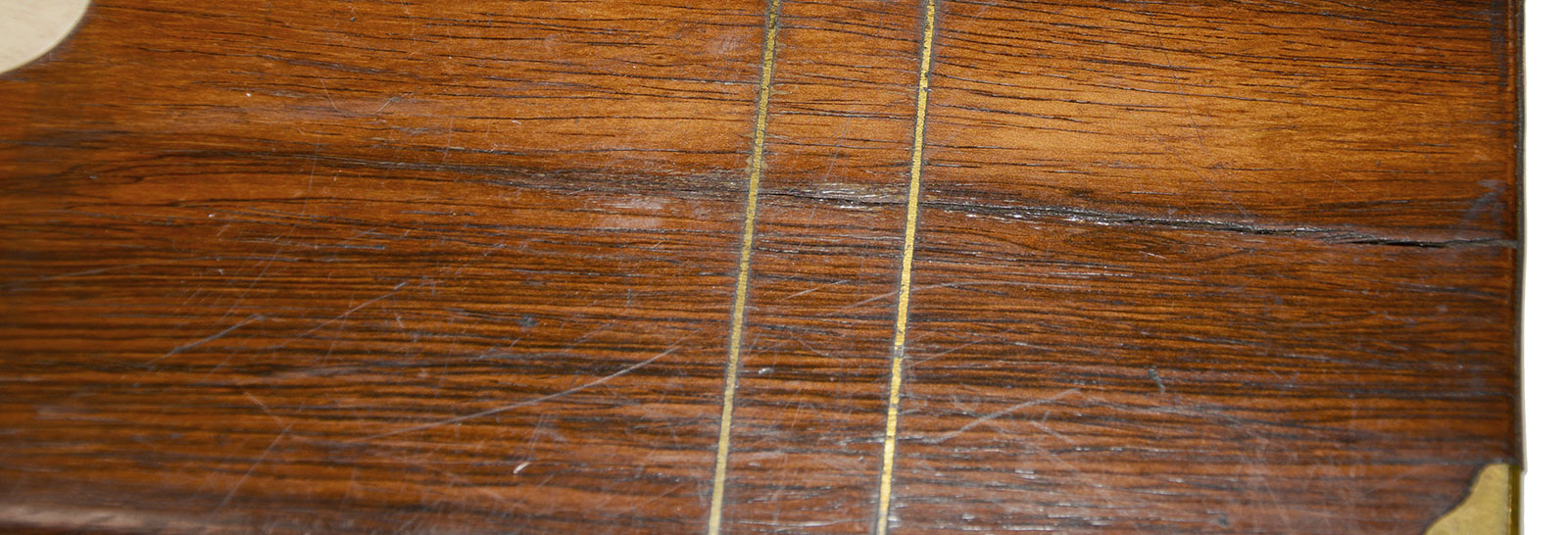
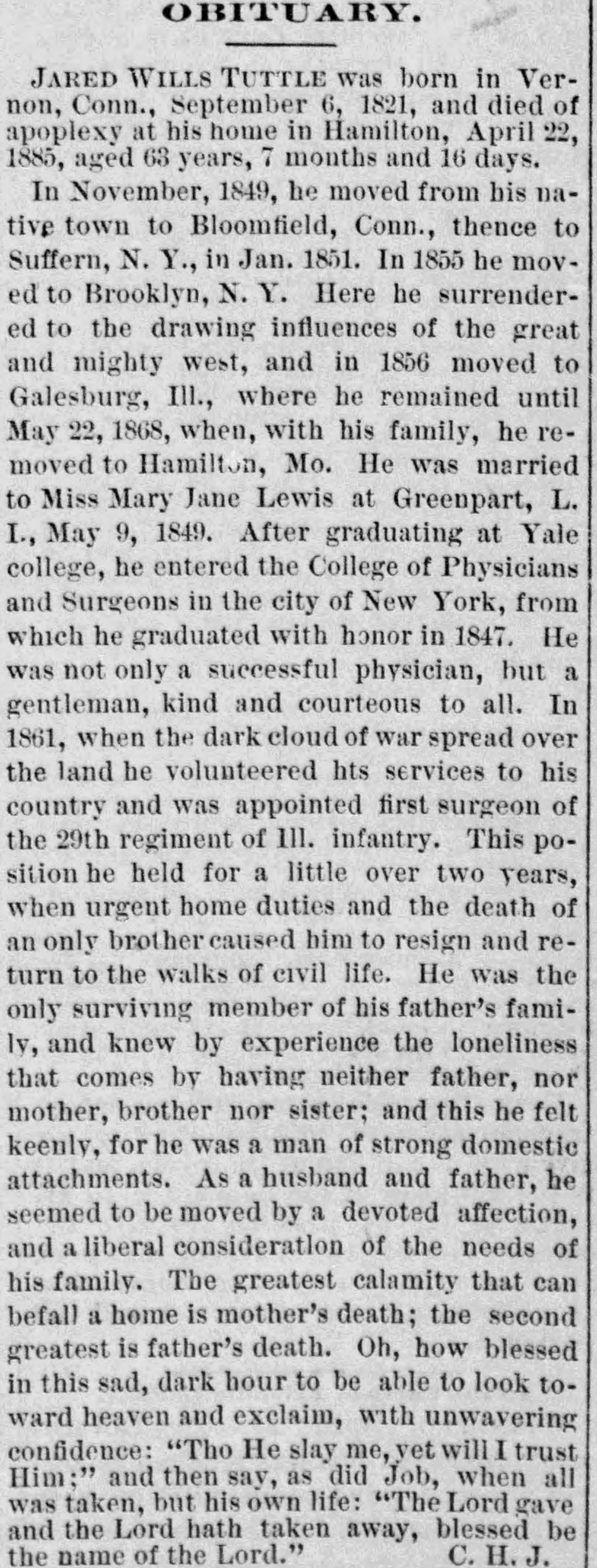
$4,500.00 ON HOLD
Quantity Available: 1
Item Code: 1268-744
Formerly part of the medical displays in the Texas Civil War Museum, this cased capital operating or amputation set was made by Jacob J. Teufel of Philadelphia and belonged to Dr. Jared W. Tuttle, Surgeon of the 29th Illinois in 1862. Born in 1821, Tuttle was educated at Yale and at the College of Physicians and Surgeons in New York City, from which he graduated in 1847. He moved to Galesburg, Illinois, in 1856, where he set up practice, and was commissioned Surgeon of the 29th Illinois as of April 25, 1862, replacing Surgeon C.C. Guard, who had died April 4. The regiment had organized in August 1861 and Tuttle’s arrival would have had him dealing with casualties from the regiment’s heavy fighting at Fort Donelson in February, where it lost 100 in killed and wounded, including some 30 killed outright, and at Shiloh, where it lost another 100 in killed and wounded out of 400 engaged on April 6 and 7, and he was just in time to take part in the Siege of Corinth, April 29 to May 30, in which the regiment was “constantly engaged.” In June and July they moved to Tennessee, operating in West Tennessee until called back to Mississippi in October, missing the Second Battle of Corinth, but taking part in the pursuit of Confederate forces. Tuttle resigned on October 31, 1862. His 1885 obituary (which gives his middle name as Wills rather than Wells) stated it was for personal reasons involving, “urgent home duties and the death of an only brother.” The display card with the set at the museum more frankly attributes his resignation to his inability to deal with sickness, injury and death at the scale he encountered and his resultant “excessive drinking.” He was certainly not the only soldier to have had such a reaction and the scale of the carnage would have put it beyond the experience of any civilian physician and likely most American military surgeons at the time as well. Preservation of an amputation set is especially telling. Amputation was often the only treatment available for gunshot or projectile wounds to the limbs. Soldiers’ reminiscences often mention the shocking piles of arms and legs seen outside surgical tents after an engagement.
This cased set is two-tiered, with an upper tray carrying three amputation knives, two tenacula and other tools, and the lower section housing the bone saw, bone nippers, tourniquet, etc. All the tool handles are dark, checkered ebony, typical of the period and prior to notions of sterilization, etc., and match in condition. Just two tools in the upper tray seem to have drifted in, likely from another of his sets, and replaced two scalpels. Please see our photos. Several of the tools are marked “J. TEUFEL / PHILA.” Jacob Teufel was a cutler in Philadelphia from 1857 to 1882 who advertised surgical instruments beginning in 1860. This is a typical set of the Civil War period- nicely housed in a brass-bound wood case with escutcheon plate on top, and lined in red fabric in the underside of the lid, the removable upper tray, and bottom compartment, form fitted, like the tray for individual instruments. The condition of the case and the instruments is excellent. The metal is smooth, showing a muted silver tone with some scattered gray age spots. The handles are good, with no cracks or chips. The fabric lining is complete, and has no holes. The exterior of the case has a pleasing finish. Teufel was a relatively small maker and his sets are scarce. This is set up as a civilian, commercial product used a keyed lock. While the army later contracted for surgical sets, early war militia and state regiments were often thrown back on their own resources and this may likely come through a mid-western retailer with eastern supplier connections.
After resigning, Tuttle returned to civilian practice in Illinois, being picked up again as a physician in Galesburg in the 1864 business directory. He moved to Hamilton, Missouri, in 1868, where he is listed in the 1880 census as a physician in Hamilton, Missouri, and died there of apoplexy in 1885, leaving behind his wife and two children. We note that his widow applied for a pension in 1890. We have not seen the file. It may add some interesting detail to the story.
This is a very good condition Civil War set with an interesting background made by a relatively scarce maker. [SR] [ph:L]
~~~~~~~~~~~~~~~~~~~~~~~~~~~~~~~~~~~
THIS ITEM, AS WITH ALL OTHER ITEMS AVAILABLE ON OUR WEB SITE,
MAY BE PURCHASED THROUGH OUR LAYAWAY PROGRAM.
CLICK HERE FOR OUR POLICIES AND TERMS.
THANK YOU!
Inquire About IDENTIFIED SURGEON’S AMPUTATION SET 29th ILLINOIS
Most Popular
Historical Firearms Stolen From The National Civil War Museum In Harrisburg, Pa »
Theft From Gravesite Of Gen. John Reynolds »
Selection Of Unframed Prints By Don Troiani »
Fine Condition Brass Infantry Bugle Insignia »
featured item
NON-REGULATION SILVER GRIPPED PRESENTATION SWORD BY SCHUYLER, HARTLEY & GRAHAM - LT. JAMES MOFFAT, 16TH NEW YORK CAVALRY
This presentation sword has very impressive deeply cast and chased mounts and silver gripped hilt. Schuyler, Hartley and Graham assembled and sold a wide variety of swords that were often highly embellished and upgraded from regulation patterns, to… (870-653). Learn More »
site search
Upcoming Events
The shop is currently closed so that we may conduct our annual inventory. We are available by phone… Learn More »


